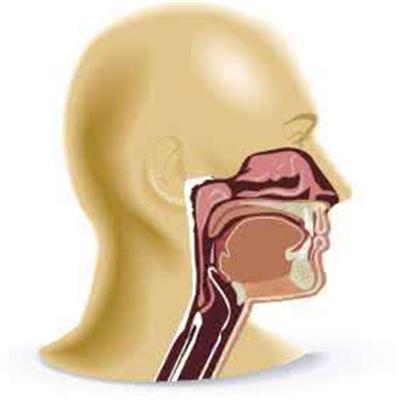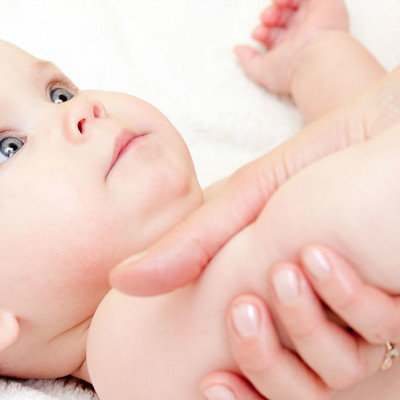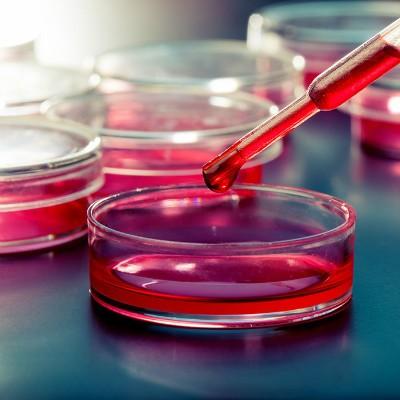Three main causes of female infertility
summary
This kind of phenomenon should be familiar to everyone. More and more people begin to pay attention to female infertility. Doctors say that infertility refers to those who have normal sex life and are not pregnant without contraceptive measures. There are four common clinical reasons, the most common is that women do not ovulate. The following will introduce the four major factors leading to female infertility.
Three main causes of female infertility
First: anovulation - according to experts, among the many factors of female infertility, most women are caused by anovulation. You can't get pregnant without ovulation. Ovulation disorders include no ovulation, few ovulation or irregular ovulation. The clinical manifestations were amenorrhea, hypomenorrhea or abnormal endometrial bleeding. But ovulation disorders also occur in women with normal menstrual cycles. Polycystic ovary syndrome is due to abnormal pituitary hormones caused by ovulation dysfunction, leading to infertility. In addition to polycystic ovary syndrome, clinical often accompanied by infertility, amenorrhea, masculinity or obesity. Polycystic ovary syndrome (PCOS) is easily diagnosed by B-ultrasound: there are eight to more than ten follicles with a diameter of about 2-8 mm piled up on the surface of the ovary; the center of the ovary is the degenerated follicles piled up in the center of the ovary, showing a typical "necklace syndrome" under B-ultrasound. Blood examination showed that luteinizing hormone and androgen secreted by pituitary gland were on the high side. For obese patients with polycystic ovary disease, due to poor utilization of insulin, the blood insulin level was increased, and the ratio of fasting blood glucose to fasting insulin was < 3. For obese patients with polycystic ovary syndrome, weight loss is very important.

Second: tubal dysfunction - tubal dysfunction is another major cause of female infertility. We know that under normal circumstances, the egg discharged from the ovary must be able to be separated by the fimbria of the fallopian tube. When an egg enters the fallopian tube, it is transported to the uterine cavity by the ciliary movement in the fallopian tube; at 1 / 3 of the fallopian tube (ampulla), the egg and sperm will be co fertilized; after fertilization, the fertilized egg further splits to form an early embryo; at the fourth to fifth day after ovulation (approaching blastocyst stage), the embryo is transported to the uterine cavity and settled in the uterus. Therefore, the function of fallopian tube is as follows: to pick up eggs; to provide nutrients for sperm and egg fertilization and early embryo development; to transport eggs and embryos to the uterine cavity. When the fallopian tube is inflamed by bacterial infection, endometriosis or adhesion after operation, it will affect the function of picking up and transporting eggs. Bacterial infection can also destroy the cilia in the fallopian tube, so that the embryo can not be transported to the uterine cavity for normal implantation, and can not provide appropriate nutrients for early embryo development. All of the above reasons can cause infertility. The diagnosis of tubal patency and adhesions can be done by tubal drainage, radiography and laparoscopy. These methods can assist each other. Hysterosalpingography can check whether the fallopian tube is unobstructed and whether there is adhesion in the uterine cavity. Laparoscopic examination can understand the degree of tubal adhesion, and can be treated at the same time. In the treatment, slight adhesions can restore their fertility through adhesions stripping operation, but once the fallopian tube is damaged, it is difficult to restore its function. After the operation, although the fallopian tube is unobstructed, the peristaltic function can not be restored, so the probability of ectopic pregnancy is greatly increased. For severe adhesions or obstruction, the "test tube baby" artificial reproduction technology must be used.

Third: Endometriosis - according to the survey, 30% of women's infertility is caused by endometriosis, and 70% of patients with endometriosis have a history of infertility. The normal endometrium only exists in the uterine cavity. When the endometrium abnormally invades the pelvic cavity, ovary, fallopian tube or intestinal wall, and grows and proliferates in these tissues, it is called endometriosis. At present, the mechanism of infertility caused by endometriosis is still unclear. It is considered that the possible mechanisms include: destruction of ovarian tissue, repeated bleeding absorption causing tubal adhesion and immune factors causing infertility. Endometriosis can also secrete some substances to affect the development and implantation of embryos. The so-called "chocolate cyst" is because endometriosis occurs in the ovary, because the endometrium will peel off with the menstrual cycle, forming menstrual blood, which accumulates in the ovary for a long time, it becomes a dark brown cyst similar to chocolate, affecting ovarian function. The diagnosis of endometriosis depends on laparoscopy. The treatment methods are medicine or surgery, and surgery includes traditional surgery or laparoscopic surgery. For patients who have no response to medical or surgical treatment, "test tube baby" and other artificial assisted reproductive technologies can be considered. For severe tubal adhesions caused by endometriosis, "test tube baby" is the only treatment.

matters needing attention
The uterus is the cradle of the baby, once the uterus abnormal, it is easy to lead to female infertility. Infertility caused by cervical factors include: abnormal anatomical structure, cervicitis and abnormal cervical mucus. Cervical mucus plays an important role in the process of sperm passing through the genital tract. In the menstrual cycle, cervical mucus is affected by estrogen and progesterone, and changes in quality and quantity. Cervical mucus too little or too thick, will hinder sperm swim to the uterine cavity. Congenital malformations, benign tumors and severe scars in the uterine cavity can lead to congenital structural abnormalities of the uterus and infertility.















